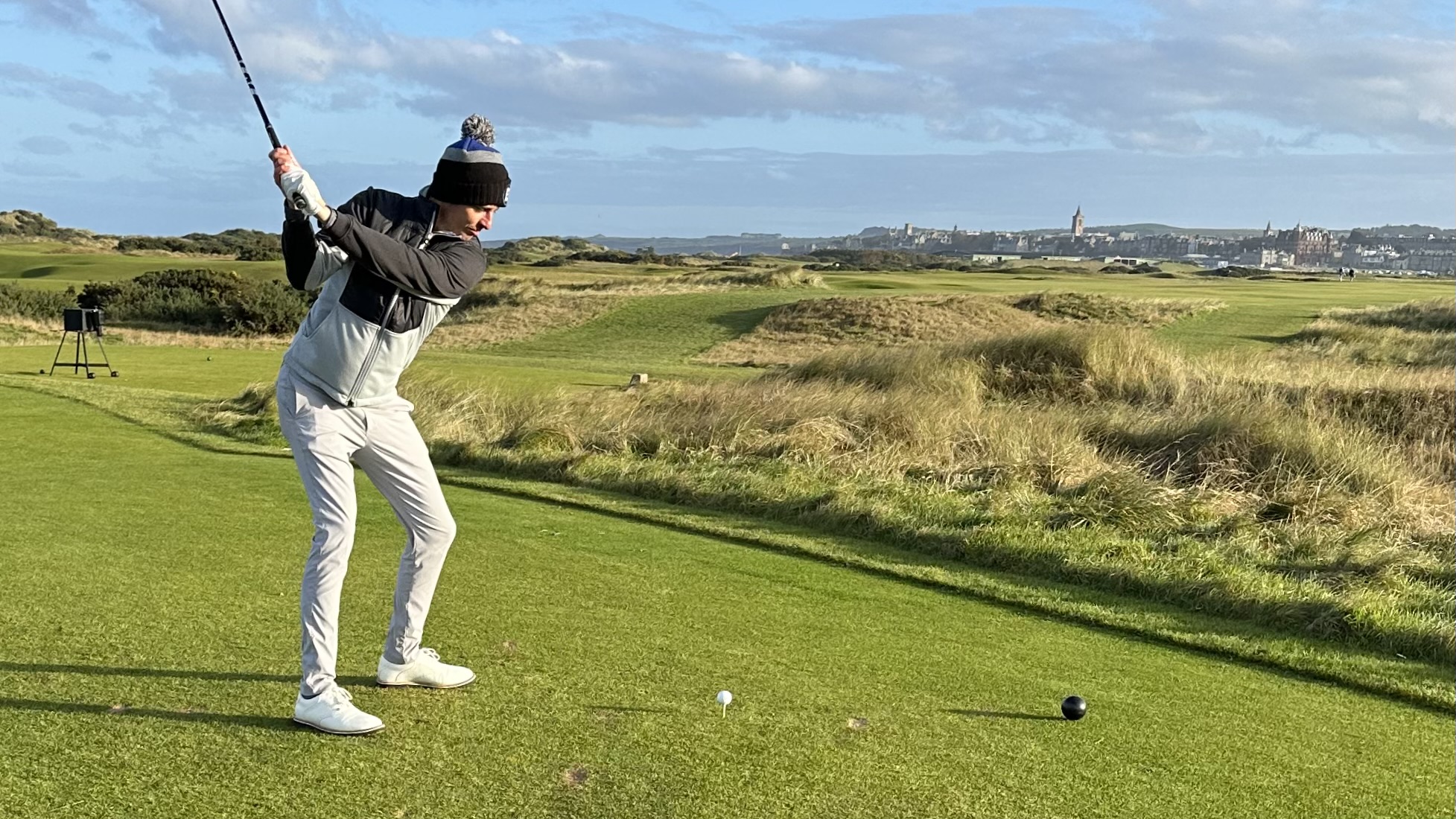Why Playing In A Winter League Is Great For Your Game
Every year Joel Tadman plays in an ultra-competitive winter league and believes it does his golf game the world of good. Here's why...


For many, the prospect of teeing it up in sub zero temperatures on a golf course where lush fairways and slick surfaces have been replaced by mud-covered terrain and imperfect greens doesn’t appeal. But personally, I can’t wait for early November to come around. I’m part of a 32-strong, unofficial Winter League competition at my golf club, which comprises 16 weeks of competition among the majority of low handicap players. It is well-organised, friendly but also extremely competitive - culminating in a gripping finale where the leaders grapple for pride and a few quid in prizes. But not only is it fun way to spend a Sunday morning, I also think it’s hugely beneficial to my game and is ideal preparation for when the season comes around officially in April. Here’s why, and why you should do it too…
Competitive sharpness
Playing in a structured league that consists of good golfers and serious competitors undoubtedly gets the juices flowing. Everyone wants to win so badly, and so every shot means something. This forces you to perform under pressure, and you find out a lot about how you handle those situations - learnings that you can carry with you into the qualifying tournaments in the spring and beyond. What are the swing feels you fall back on and resulting shot patterns when you feel most nervous? Which shot do you really struggle with? This allows you to not only adapt to ensure the big misses don’t materialise, but it also provides an area of focus for practice so you can become more comfortable when the situation arises again in the future.
Chance to test swing changes
Winter golf is often a period where golfers are looking to make technical improvements, hoping they bed in in time for when the competitions swing back into action. Playing competitively during the off season allows you to test any swing changes in a competitive environment and learn from the outcomes. That feedback loop means you’ll know what works and what doesn’t sooner, so by the time April arrives you’ll be able to trust any new movement patterns when the heat is on - a sure-fire way to getting near the tops of leaderboards.
Premium on ball striking
If your ball striking is off, you’ll certainly find out about it when playing off wet ground in the winter! In the summer when the ground is firm and bouncy, it can mask any deficiencies in your ability to hit ball first because the club glides rather than digs. If you catch the ground first when chipping off soft turf, the results can be both disastrous and embarrassing as the ball moves barely more than a foot in front of you, maybe not even as far as the divot. Playing in the winter means you have no choice but to strike iron and wedge shots cleanly, and engraining this habit will only be beneficial in the long run.
Subscribe to the Golf Monthly newsletter to stay up to date with all the latest tour news, equipment news, reviews, head-to-heads and buyer’s guides from our team of experienced experts.

Improve your golf IQ
Winter golf presents its own set of questions that you need to find the answer to - fast. How much does the colder temperature reduce my carry distance? Does this vary from club to club? Where do I need to land the ball if the ground is frozen and how do I adjust this as the ground thaws? They’re not the most glamorous of challenges, but winter golf certainly gets you thinking about each shot in as much if not more detail than during peak season and developing your golf IQ will only enhance your strategy and decision making long term.
Make a name for yourself
If you play well in the winter league, you’ll get noticed. If you hold ambitions to play in your scratch team or handicap league the following season, one way to increase your chances is to showcase your skills and scoring ability in the off-season prior. Post good numbers and make your case impossible to ignore.
The need for speed
Colder temperatures and softer fairways mean your driving distance will be as short as it ever will - not even the best golf drivers can perform to the level they're capable of in the summer. As a result, the ability to generate speed is crucial if you are to be competitive. I’ll often embark in some speed training during the winter to ensure the conditions don’t hamper my ability to score. It’s also more important than ever to warm up your muscles properly during the winter to reduce the risk of energy, so when I tee off in December I’m usually far more prepared than I am for a round in July and so learning how to warm up correctly is a crucial skill to keep you playing rather than being stuck on the sidelines.

Joel has worked in the golf industry for over 15 years covering both instruction and more recently equipment. He now oversees all equipment and video content at Golf Monthly, managing a team of talented and passionate writers and presenters in delivering the most thorough and accurate reviews, buying advice, comparisons and deals to help the reader or viewer find exactly what they are looking for.
One of his career highlights came when covering the 2012 Masters he got to play the sacred Augusta National course on the Monday after the tournament concluded, shooting a respectable 86 with just one par and four birdies. To date, his best ever round of golf is a 5-under 67 back in 2011. He currently plays his golf at Burghley Park Golf Club in Stamford, Lincs, with a handicap index of 3.1.
Joel's current What's In The Bag?
Driver: Titleist GT3, 9°, Fujikura Ventus Black 6 S shaft.
Fairway wood: Titleist TSR3, 15°
Hybrid: Titleist TSi2, 18°
Irons: Titleist T150, 4-PW
Wedges: Titleist Vokey SM10, 50°, 54° and 58°
Putter: LAB Golf DF3
Ball: 2025 Titleist Pro V1x